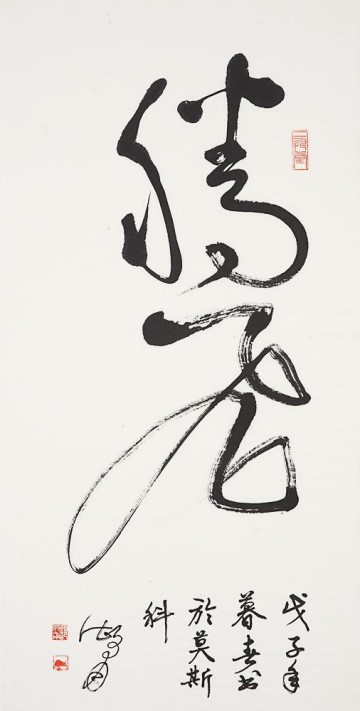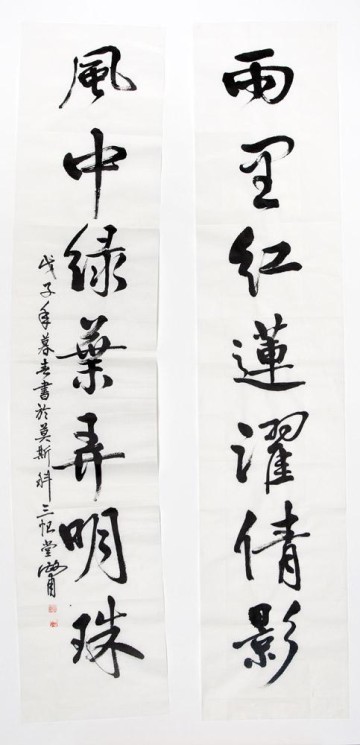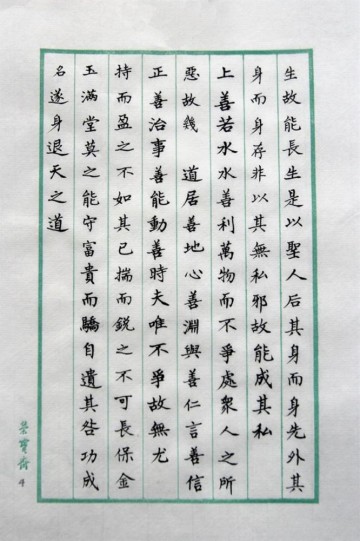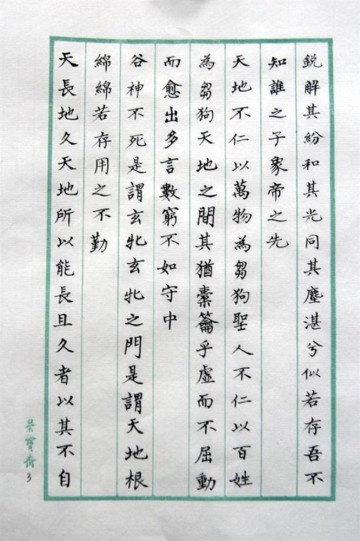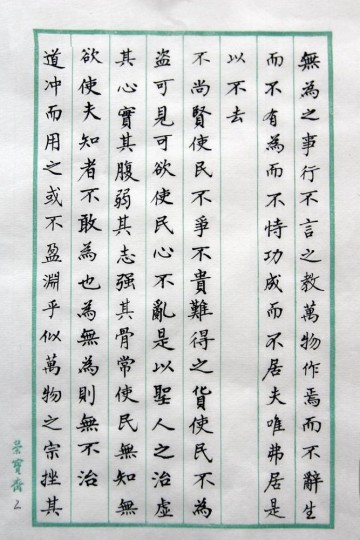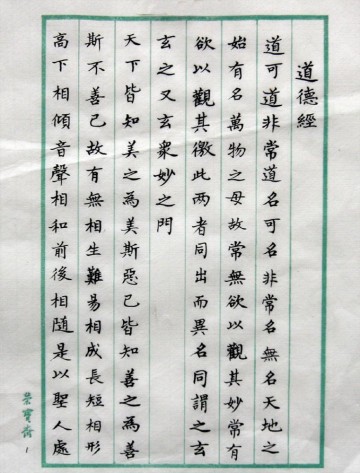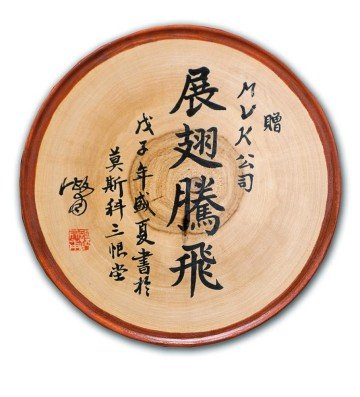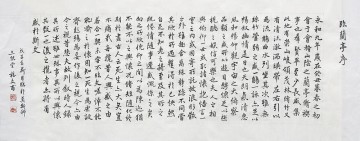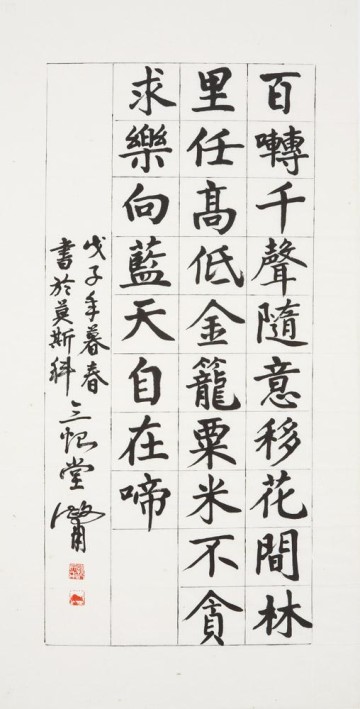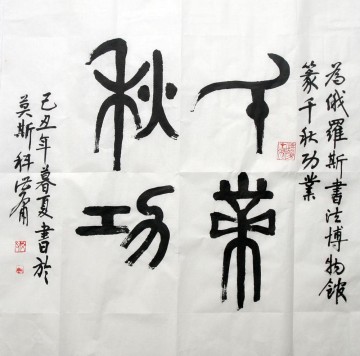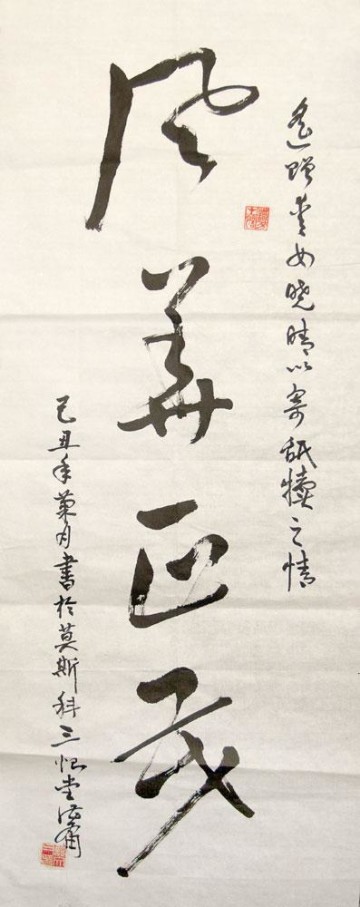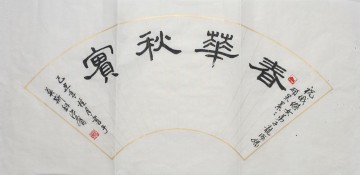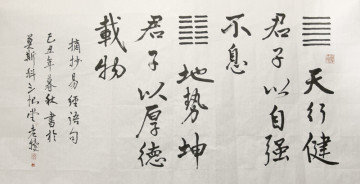谌文甫
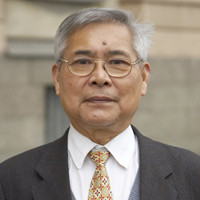
谌文甫
中国
书法家、中国著名书法世家传承人、中国楹联学会会员
Cognitive calligraphy
The brush as a tool for writing hieroglyphs had been widely used in China till the 1950“s and almost every schoolchild was supposed to bring a brush and ink to classes. Studying hieroglyph writing was a statutory lesson in the junior school but not every pupil continued studying calligraphy later or became a calligrapher. That’s because penmanship and calligraphy are not the same thing. Ordinary penmanship consists in learning to write hieroglyphs clearly, correctly and recognizably. But calligraphy presents higher requirements. A calligrapher, mastering the technique and skills of hieroglyph writing, expresses his thoughts and feelings according to his understanding of the consent of writing. He should “infect” spectators with his work and cause excitement with that beauty in them – and that is called calligraphy. Otherwise it is nothing more than just hieroglyph writing.
Calligraphy closely interacts with other types of art. This interaction may be direct or indirect. For instance; there is a direct, close and inseparable link between calligraphy and conventional Chinese painting. The picture of the conventional Chinese painting is not “conventionally Chinese” without calligraphic elements.
I am deeply fond of conventional Chinese culture and art (including painting, poetry, double signatures, engraving of printing, music, theater, language, writing etc.), so my fancy for Chinese calligraphy is quite natural. Studies of the Chinese culture helped me understand calligraphy and I often plunge into the atmosphere of this art and feel enormous satisfaction and rapture.
